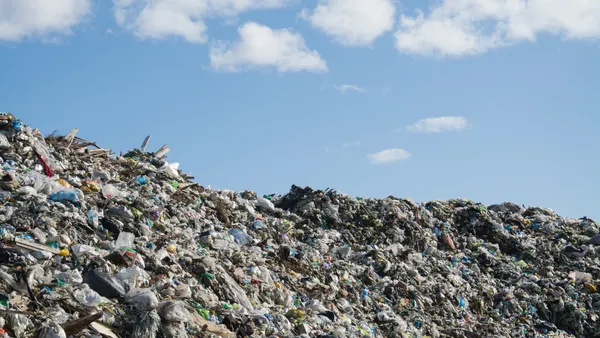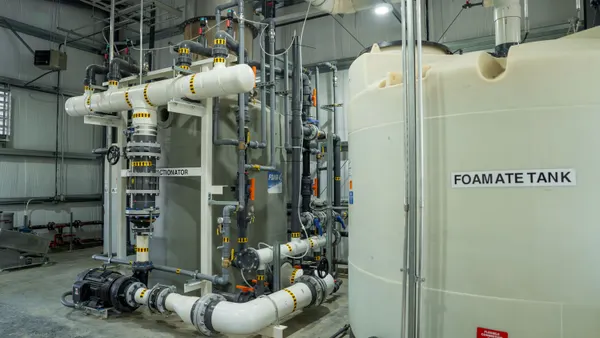Dive Brief:
- Covanta and the City and County of Honolulu plan to open a new facility meant to treat and recycle bottom ash from Oahu’s incinerator. The project would divert about 60% of the ash from the Waimanalo Gulch Sanitary Landfill (WGSL), signalling another step in Honolulu’s efforts to close the island’s only MSW landfill.
- The new facility, which Covanta will design, build and operate, will treat the ash from H-POWER, the island’s waste-to-energy facility. The incinerator produces about 180,000 tons of ash a year, making it a major contributor to the WGSL landfill.
- H-POWER, which Covanta also operates, has metal sorting capabilities, but the new ash recycling facility would be able to sort out additional ferrous and nonferrous metal fines from bottom ash. The project will cost about $60 million over 11 years. That cost covers the initial design, build and installation process and does not include operation or maintenance costs, said Covanta spokesperson James Regan.
Dive Insight:
Hawaii has limited landfill capacity because of its island location, and Honolulu has worked to reduce the amount of waste going to its landfill to as little as possible, according to the local Department of Environmental Services (ENV). The ash processing facility aims to help Honolulu further divert waste from the landfill, as the Waste Management-operated WGSL has been ordered to close by 2028. Honolulu must name a location for a new MSW landfill by 2022, said Markus Owens, an information specialist with ENV.
About 85% of the MSW generated on Oahu goes to the H-POWER incinerator, according to Covanta, and the resulting ash is delivered regularly to the WGSL landfill. “The main reason for opening the [ash recycling facility] is to try and slow down the landfill from being an everyday type landfill,” Owens said.
After Honolulu put out an RFP for the ash processing facility last year, then-Mayor Kirk Caldwell, announced in December that Covanta had won the 10-year contract. Caldwell has said he opposes opening a new landfill on Oahu, but supports plans to continue diverting waste though projects like the ash processing facility.
In addition to diverting ash from the landfill, the new facility also aims to increase Covanta’s capacity for metals recovery, Regan said. H-POWER recovers about 21,200 tons of metal for recycling annually, “but there is a significant amount of metal that remains in the ash," he said. The ash processing technology "is a great step forward for the industry" to be able to recover more metal, Regan said. It’s too early to estimate how much additional metal the ash processing facility will be able to yield, he said. Once the two parties finalize the contract and Honolulu approves the necessary permits, the project could take a year to develop and begin operation.
Covanta has experience with downstream ash processing through recent projects like its Total Ash Processing System (TAPS) start-up, a pilot facility in Fairless Hills, Pennsylvania, that Covanta says can process over 400,000 tons of bottom and fly ash from regional facilities. Though the Hawaii facility will use similar technology, Regan said it won’t be a true TAPS plant because it will process only H-POWER’s bottom ash. The new facility will also recover sediment that could potentially be used as construction material for roads or other projects.
Capturing a higher volume of metals may help boost Covanta’s revenue stream in the future, even amid wavering commodity prices. During Covanta’s latest earnings call in October, CFO Brad Helgeson noted that although metals prices were largely flat year-over-year, a slight price recovery for ferrous and nonferrous metals in the third quarter helped increase revenue by about $2 million.











